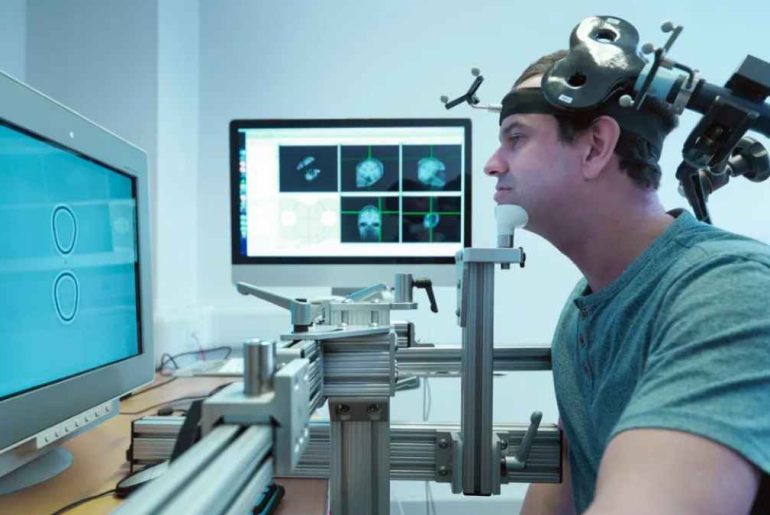Depression is widespread. More than 14 million individuals in the United States are depressed at any one time. Only a tiny percentage of those who are depressed seek help. More than a third of individuals who try to change their situation never do it in a way that they are happy with. Medications and psychotherapy don’t work for everyone. People with depression may not react to several pharmaceutical trials because of a lack of effectiveness or difficulty tolerating the medicine. Others are unable or unwilling to respond to the best efforts of psychotherapy. It could be due to a lack of responsiveness or time and financial means. Treatment techniques like TMS Glendale are essential for people who suffer from depression’s severe effects to get the care they require.
Neuronal abnormalities in a particular brain area have been related to depression. These nerve cells are gently stimulated by highly focused magnetic field pulses utilized in Transcranial Magnetic Stimulation (TMS) treatment. Patients with a history of treatment resistance benefit from TMS therapy for moderate to severe depression. Below are the reasons this treatment method is so popular.
High success rate
It is a therapy that genuinely works, one of the most remarkable things about TMS. If one or two drugs don’t give enough relief from depression, traditional depression medication has a poor success rate. According to research, TMS has a success rate of at least 68%, compared to only 37.5% for medicine. As a result, 92.5% of those who finished their TMS course at the Los Angeles TMS & Brain Health site could at least partly cure significant symptoms, according to the most current statistics.
Long-term results
With TMS, the effects last for months or years after the therapy has ended, unlike with conventional medical treatments. It is not like taking medicine, where you have to keep taking it for the rest of your life, or you risk relapse or withdrawal symptoms. According to a study, TMS has a long-term effect on 90% of patients.
Side effects with the lowest risk
In most cases, TMS is a safe and effective treatment. Study termination owing to side effects was equivalent for both active and placebo TMS in a 301 patient randomized experiment (5 percent and 3 percent, respectively).
An epileptic seizure is transcranial magnetic stimulation’s most dangerous side effect (TMS). Antidepressant drugs seem to have the same risk of seizure. When safety standards for patient selection and stimulation settings are followed, episodes are likely to occur in less than 0.1 to 0.5 percent of patients. Self-limited, medication-free, and recurrence-free seizures have happened in the past.
TMS is a non-invasive procedure
The underlying brain is stimulated only by electromagnets. The therapy stimulates neurons in the brain’s cerebral cortex.
Transcranial magnetic stimulation (TMS) stimulates your brain’s nerve cells, perhaps alleviating depression symptoms. Disorders such as OCD, anxiety, and post-traumatic stress disorder (PTSD) may potentially benefit from it. Parkinson’s illness, multiple sclerosis, and stroke rehabilitation may all benefit from the therapy. Consult your physician if you are considering TMS. If you are young, have a low risk of seizures, and have not found relief with antidepressants, you could be a suitable candidate.

